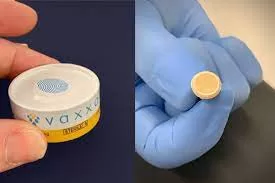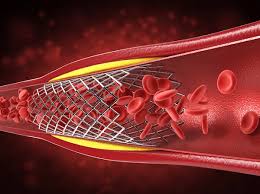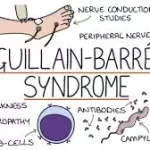
Researchers from Australian universities in Queensland and Adelaide have created a needle-free vaccine patch to shield against the Zika virus, which poses risks across regions like the Pacific, Southeast Asia, India, Africa, South, and Central America.
Utilizing a high-density microarray patch (HD-MAP) commercialized by Vaxxas, the prototype vaccine reaches immune cells beneath the skin through tiny microprojections, targeting an internal viral protein. This unique approach avoids exacerbating symptoms of related viruses like dengue fever in vaccinated individuals, as highlighted by Associate Professor Branka Grubor-Bauk from the University of Adelaide.
Dr. Danushka Wijesundara, a Vaxxas researcher, emphasized the transformative potential of the HD-MAP patch in combatting Zika due to its effectiveness, ease of application, and pain-free nature, providing a simple and storable vaccination method.
Published in the journal Molecular Therapy Nucleic Acids, pre-clinical trials demonstrated the vaccine’s swift defense against live Zika virus by targeting a vital protein called NS1 crucial to the virus’s survival. Additionally, the vaccine patch spurred T-cell responses significantly higher than those elicited by needle or syringe delivery methods, registering a 270% increase, as indicated by researchers.
Dr. David Muller from the University of Queensland highlighted the broader applications of this technology beyond Zika protection. By targeting a protein pivotal in flaviviruses like dengue or Japanese encephalitis, the approach could potentially extend to safeguard against a range of viruses within this family, possibly offering a mixture to protect against multiple viruses.
Moreover, the HD-MAP’s stability at elevated temperatures, retaining vaccine potency even at 40 degrees Celsius for up to four weeks, presents a significant advantage. This quality could enhance vaccine accessibility, particularly in low- and middle-income countries where refrigeration poses challenges, emphasized Muller.










